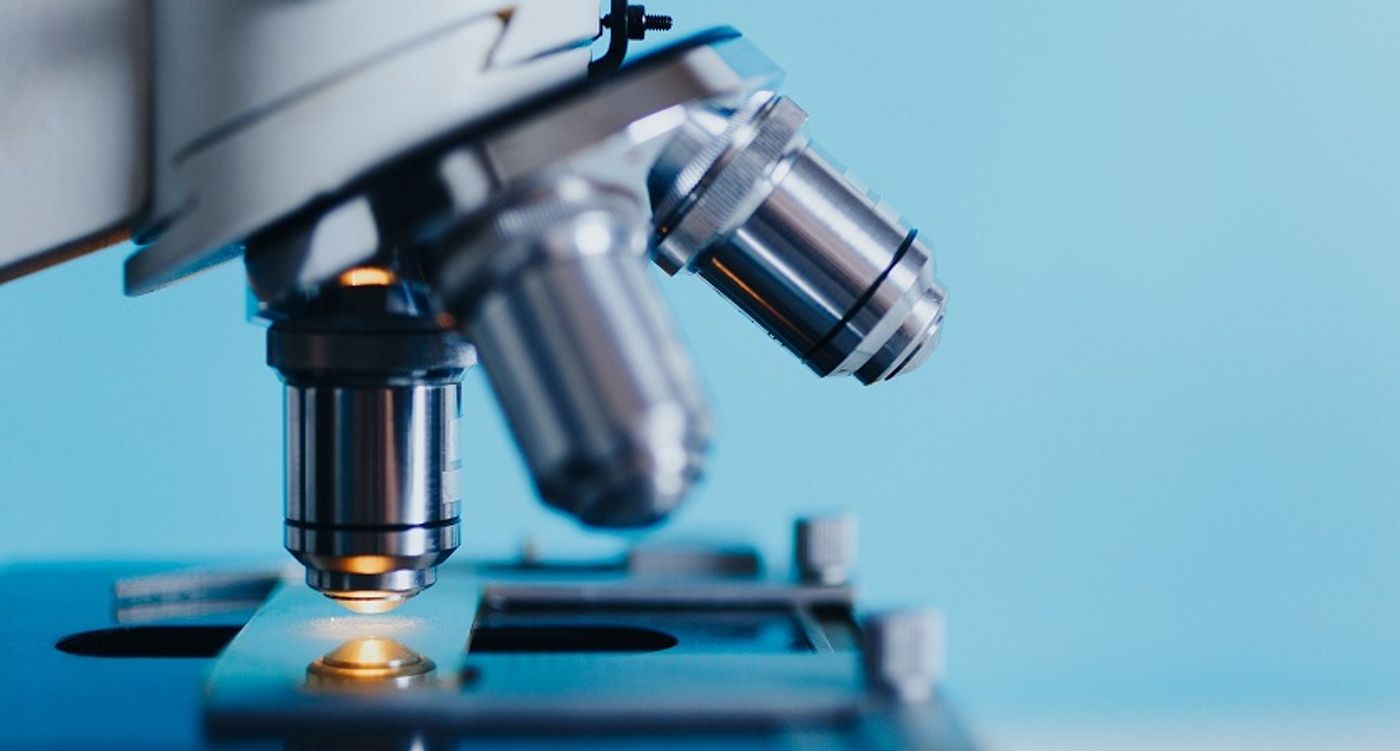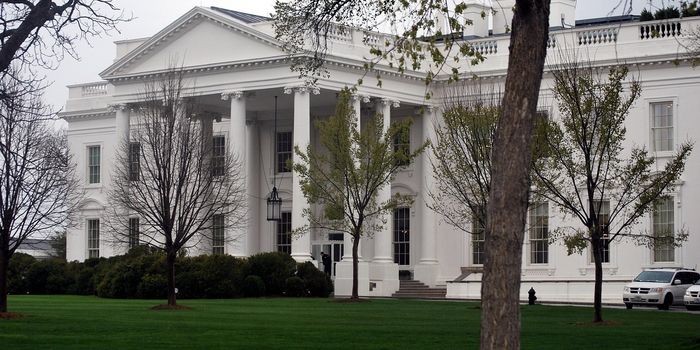Linking an Aggressive Tumor Factor to the Innate Immune Response
Epithelial Ovarian Cancer (EOC) is a cancer of the fallopian tubes with a low five-year survival rate and a tendency to develop chemoresistance. The current first-line treatment is platinum chemotherapy. Several other possible treatments, such as poly ADP ribose polymerase (PARP) inhibitors and immune checkpoint inhibitors, are in development but not available for actual use. There remains a need for further treatment options, however. The small secreted human epididymis protein 4 (HE4) is a biomarker of EOC, with several papers noting its overexpression in aggressive cancer phenotypes. A team from Rhode Island decided to investigate HE4’s possible effect on the tumor microenvironment, rather than its intracellular role.
HE4 has previously been shown to promote tumorigenesis, metastasis, and chemoresistance in EOC tissue. While many factors with pro-tumor activities act on intra-cellular pathways, some can also influence the microenvironment around a tumor. The team began by examining the mRNA levels of peripheral blood mononuclear cells (PBMCs) after the addition of recombinant HE4. They found many proteins were upregulated, but of interest to them was interleukin 8 (IL8) and hypoxia inducible factor alpha (H1F1A). Both are important pro-tumor signaling factors and have come up in previous work. They are also both downstream factors of the STAT3 signaling pathway. The abnormal activation of the STAT3 pathway is common in many cancers, including EOC.
They proceeded by examining the levels of IL8 and H1F1A in HE4 treated cells with and without a STAT3 inhibitor to determine the connection between the three. HE4 treatment caused IL8 and H1F1A levels to increase substantially, alongside an increase in activated STAT3. With both HE4 and the STAT3 inhibitor, they saw a suppression of the stimulated levels seen with HE4 alone. Levels of IL8 and H1F1A remained high, however. An in vitro test found that HE4 was capable of promoting angiogenesis as well. This stimulation was mildly suppressed with the addition of the STAT3 inhibitor. Finally, a quick examination of HE4 and IL8 levels in EOC tissue compared to healthy ovarian tissue showed a strong positive correlation between HE4 and IL8 levels. Both were upregulated in EOC, and CD8+ cytotoxic T cells had a strong negative correlation with both of their levels. CD8+ T cells are part of the immune system, usually responsible for getting rid of cancer cells.
The team concludes, “These findings indicate that HE4 could have an important role in regulating both angiogenesis and suppression of immune cell infiltrate and responses.” HE4’s upregulation was already a key biomarker in EOC. Linking HE4 to the STAT3 pathway, a signaling pathway known to be abnormally active in many cancers, and IL8, a protein involved in the regulation of the immune system response, furthers our understanding of the protein and its role. Already a biomarker, it could lead to a new target in EOC treatment.









